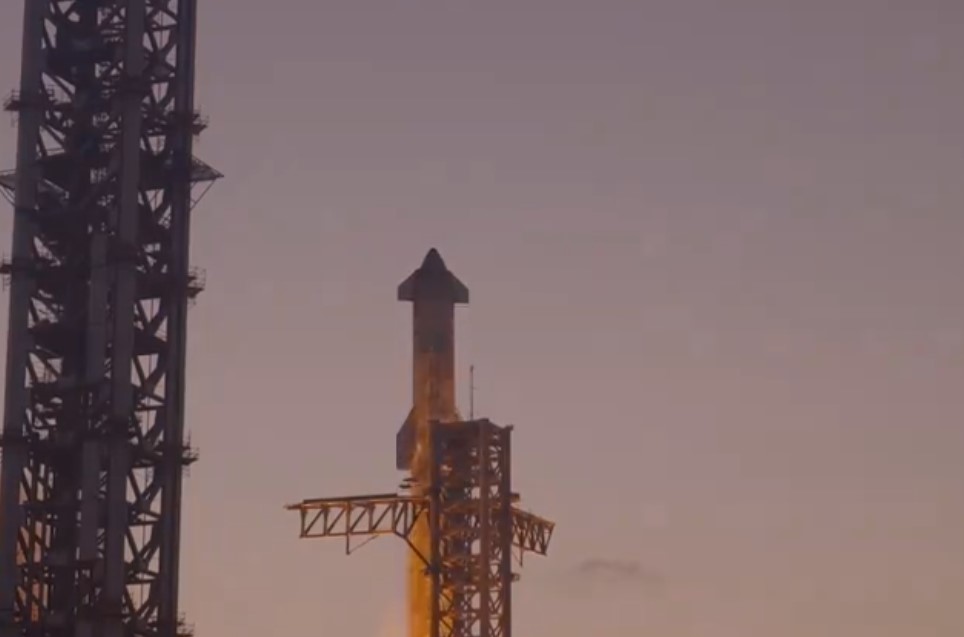Musk has long promised that SpaceX would create the first reusable rocket.
Others are reading now
Everyone knows that Elon Musk loves to tackle huge challenges that seem impossible. While he doesn’t always succeed, he has recently accomplished a historic feat that could change the course of space missions.
An Unprecedented Achievement
The latest test of the Starship megacohete, the largest and most powerful spacecraft ever built, took place last Sunday from SpaceX’s launch facility in Boca Chica, Texas. The successful return of this rocket marks an unprecedented achievement.
Musk has long promised that SpaceX would create the first reusable rocket, according to El Economista.
Traditionally, spacecraft launched into orbit would lose parts that would either fall into the ocean or burn up upon reentry, meaning that only some components made it back to Earth. This single-use approach significantly drove up costs for space missions, with rockets often costing millions of dollars.
Also read
First Succesful Return
However, with SpaceX’s recent achievement, this paradigm is beginning to shift. Last Sunday, the Starship launched without any issues, marking its first flawless flight after several attempts.
Just two minutes into the flight, the rocket, designed with two primary components — the massive Super Heavy booster and the upper spacecraft — successfully separated.
At an altitude of 70 kilometers (about 43.5 miles) and at a speed of 5,200 kilometers per hour (approximately 3,200 miles per hour), the booster shut down its engines while the spacecraft activated its own. This began a historic maneuver as the booster aimed to return safely to the launch pad for potential reuse in future missions.
In total, the booster took about seven minutes to make a careful return, ultimately being captured by a large clamp installed on the launch tower. Meanwhile, the spacecraft completed a one-hour flight before softly landing in the Indian Ocean, west of Australia, as planned.
This maneuver is historic because it marks the first successful return of boosters used in a launch, bringing us one step closer to achieving the long-desired reusable spacecraft. However, it’s not just about the boosters; the next goal is to ensure that the upper part of the Starship can also return safely.



